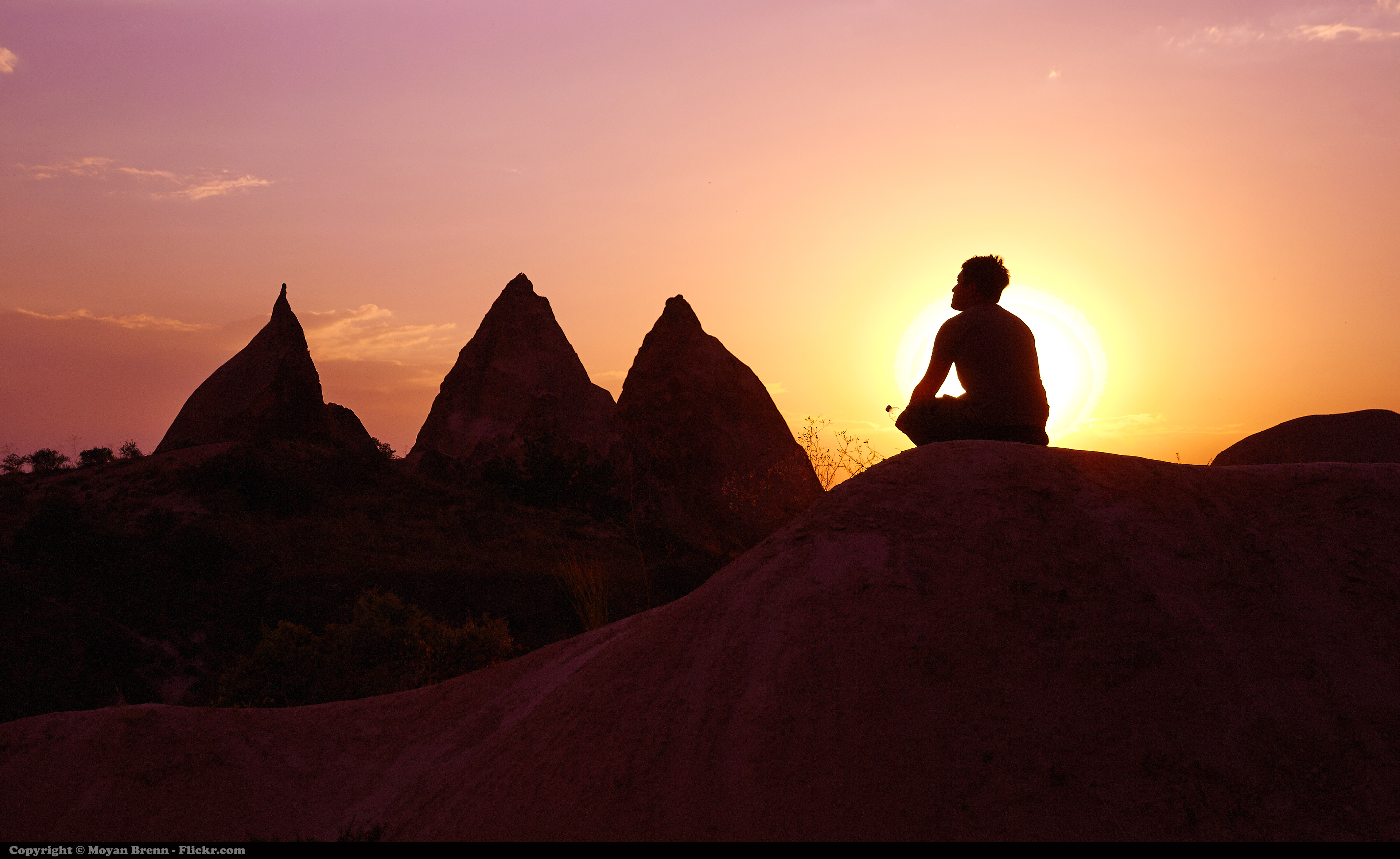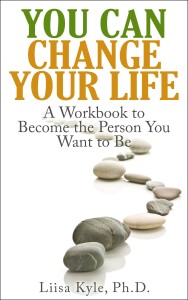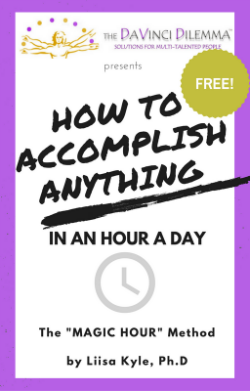
By Moyan Brenn from Anzio, Italy (Meditation) [CC BY 2.0 (https://creativecommons.org/licenses/by/2.0)], via Wikimedia Commons
Why Meditate?
* to improve your focus
Meditation is basically training your mind to ignore distracting thoughts and to focus on the task at hand. If distractions are a challenge for you, meditation can help you overcome them.
* to be more creative
The more you can focus your mind, the more you can marshal your thoughts and channel them in innovative ways.
* to ease your mind
Meditation is a well established remedy for low mood, depression and anxiety.
* to reduce stress
Let’s face it. Being a DaVinci can be stressful. Managing your many talents, projects, tasks and ideas can be overwhelming. Meditation is a proven stress-buster.
* to be healthier
The physiological benefits of meditation are well documented and profound. Basically every bodily system functions better when you meditate regularly.
* to be happier
Research has proven that people who meditate are happier than those who don’t.
* to be spiritual
Since the dawn of religion, meditation has been a spiritual practice that has brought solace, comfort and meaning to its practitioners.
The Meditation Myth
So given all the potential benefits of meditation, what often stops people from giving it a whirl is the misconception that meditation requires grueling (and inconvenient) 20 – 60 minute sessions — or six months in an ashram. The truth is that you can derive all the psychological, physiological and creative benefits of meditation through very brief (2 -3 minute) sessions, sprinkled through your day.
In fact, according to meditation guru Yongey Mingyur Rinpoche, it’s better to aim for more frequent very short (2-3 minute) sessions than fewer longer sessions.
For DaVincis, this works very well: we’ve got a lot going on. It’s easy enough to take a 2-3 minute meditation break when we shift gears or between tasks.
Meditation Basics
The basic concept is to devote some time to quieting your mind. There is no wrong way to meditate. Avoid beating yourself up if your mind drifts or ideas pop up when you’re meditating. Whatever happens during your meditation period is perfect.
There are a thousand different ways to meditate. What follows are a sampling of nine basic mediation techniques.
Activity: Try one of the following meditation techniques for a week. See how it goes. Then try another for the next week. Over time, you’ll find out what works best for you, under what circumstances.
9 Meditation Techniques
1. Set a timer for 2 or 3 minutes. Sit upright. Close your eyes and focus on your breathing. Follow the air entering and leaving your body. When your attention drifts, gently bring it back to your breathing.
2. Set a timer for 2 or 3 minutes. Sit upright and close your eyes. Select a word to repeat to yourself (e.g. ‘peace’ or ‘love’ or ‘joy’ or ‘om’). When your attention drifts, gently bring it back to your focus word.
3. Select an image on which to concentrate — for example, a beautiful landscape. Set a timer for 2 or 3 minutes. Sit upright in front of your chosen image and focus on it. When your attention drifts, gently bring it back to the image.
4. Set a timer for 2 or 3 minutes. Sit upright and close your eyes. Try to clear your mind completely. As thoughts arise, label them as ‘thinking thinking’ or ‘judging judging’ or ‘obsessing obsessing’ and allow them to pass by – like clouds pass through the sky.
5. Set a timer for 2 or 3 minutes. Sit upright and close your eyes. Ask ‘What do I need to know?”, quiet your mind and listen attentively for an answer.
6. Light a candle. Set a timer for 2 or 3 minutes. Sit upright and focus on the candle flame. As thoughts occur to you, gently push them aside and re-focus on the candle flame.
7. Set a timer for 10 minutes. Walk slowly and purposefully, putting each foot down slowly and carefully. Direct your attention to your movement. When other ideas intervene, push them gently aside and re-focus on your steps.
8. Set a timer for 20 minutes. Lie down in a comfortable position. Direct your attention to your left foot. Slowly move your attention to your left ankle for a moment or two. Slowly shift your focus to your left shin, then later your left knee and eventually your left thigh. Repeat with your right leg. Continue the process, moving your attention slowly up through your torso, down each arm, up your neck and through your face and head.
9. Go to the library and choose some ‘guided meditation’ CDs to try.
Recommended Resources
If you’d like to learn more about meditation, here are some wonderful books:
Wherever You Go, There You Are by Jon Kabat-Zinn
Lovingkindness by Sharon Salzberg
Joy of Living by Yongey Mingyur Rinpoche
Peace is in Every Step by Thich Nhat Hanh, Arnold Kotler and H.H. The Dalai Lama
*****
*****
If you’d like to share or publish this article, you may, if you include the author’s name, a link to this original post and the following text blurb:
Are you struggling with too many talents, skills, ideas? You may have The DaVinci Dilemma™! Find tools, fun quizzes, coaching, inspiration and solutions for multi-talented people at http://www.davincidilemma.com/.





Daily meditation is useful for a balanced emotional state. Than you Liisa.